BRUNEL UNIV., London, UK (June 20, 2023) — Handlebar device operates lights, indicators, and a laser lane to encourage people back on their bikes as they feel more confident and visible on the roads.
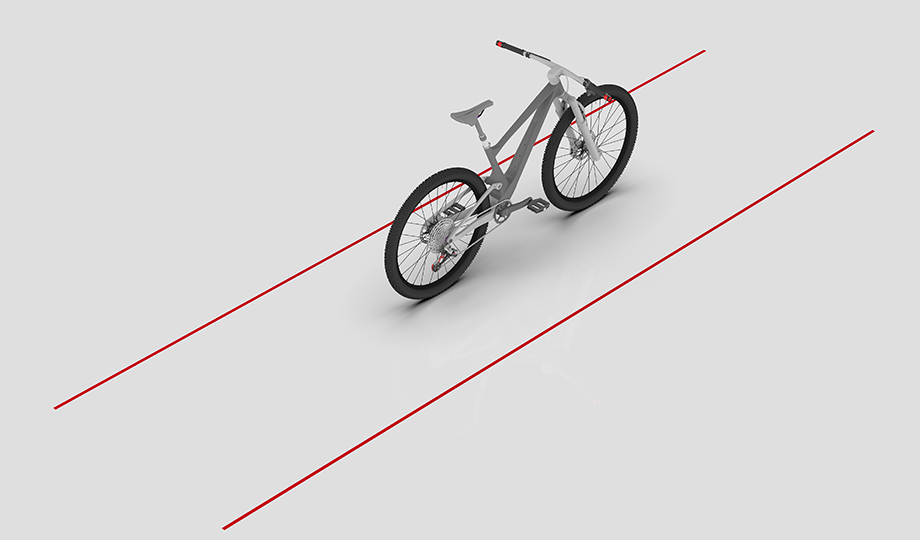
Cyclists are one of the most vulnerable groups of people on our roads. Unlike car users, they are not protected by a metal exterior, and they tend to be harder for other drivers to see.
Because of this visibility issue, cyclists are particularly susceptible to road accidents and injuries. In 2021, 111 cyclists were killed in Great Britain, and around 16,000 casualties were reported, with just over 4,300 seriously injured.
To address the visibility of cyclists, 23-year-old Ibrahim Cam, a final-year Industrial Design and Technology student at Brunel University London, was inspired to create Laser Lane.
The product fits onto the ends of both handlebars and provides a laser lane on both sides of the cyclist at the touch of a button.

The Highway Code states that motorists must give cyclists 1.5 metres of room when overtaking them, and the laser lane clearly indicates this distance.
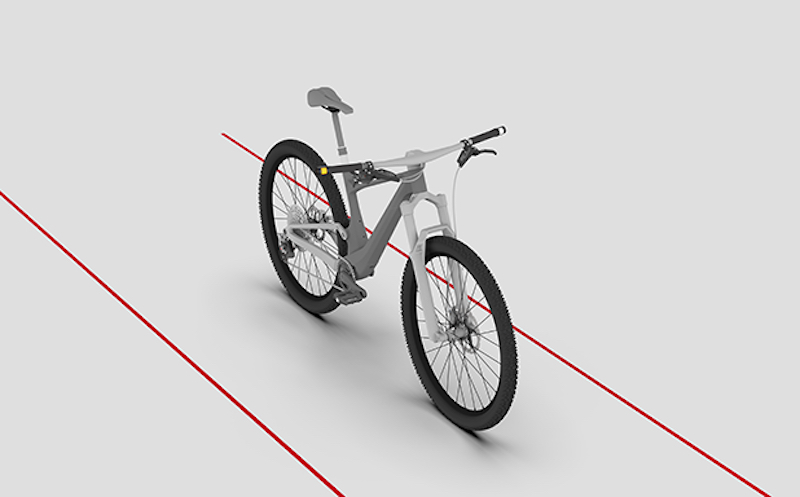
In addition to the laser lane, the product also has touch-activated indicators and front and rear lights.
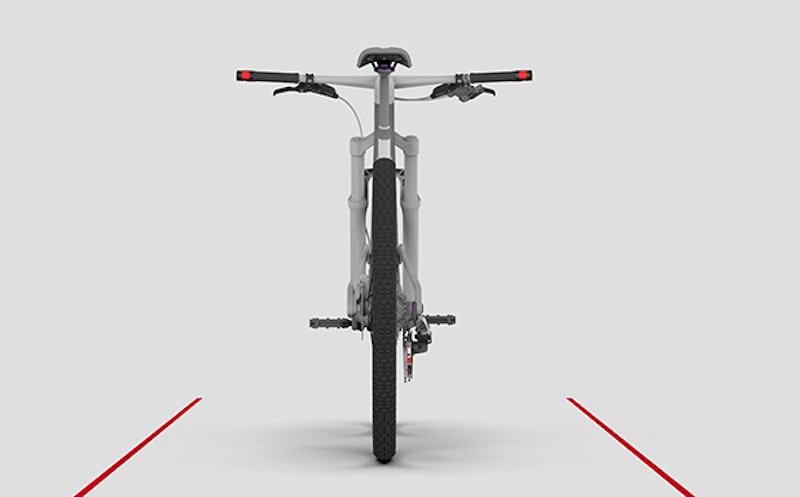
“The laser lane is intended to increase the visibility of cyclists and to improve communication with other road users,” Ibrahim said. “The capacitive touch-activated front and rear lights are on the end of the handlebars, so drivers can tell the true length of a bike, and the laser will show motorists the clearance that they must give cyclists.
“The front lights are white and the rear lights are red, so drivers can tell if they are looking at the front or the rear of a bike. There is also a capacitive touch-activated indicator, so cyclists can clearly indicate when they are turning a corner.”
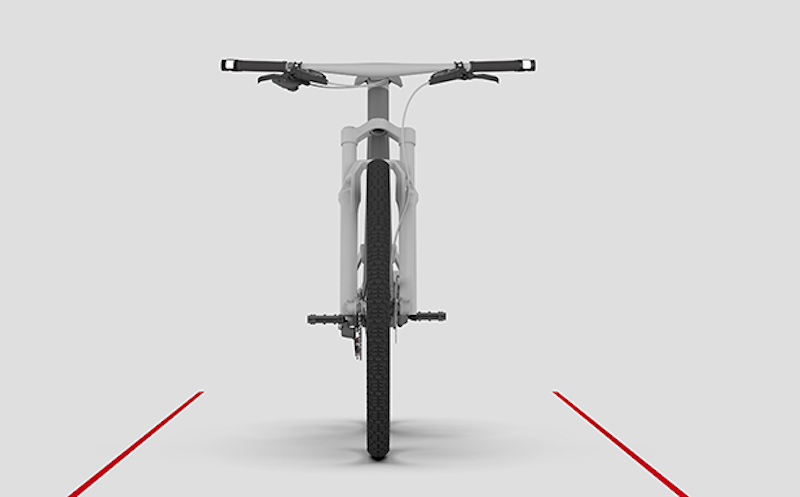
Laser Lane was unveiled at last week’s annual Made in Brunel exhibition, which showcased gadgets and devices designed by final-year students from Brunel Design School.
The event was held at the Bargehouse, Oxo Tower Wharf, London, and was an opportunity for the students to promote their skills, products, and ideas to industry professionals and the wider creative community.
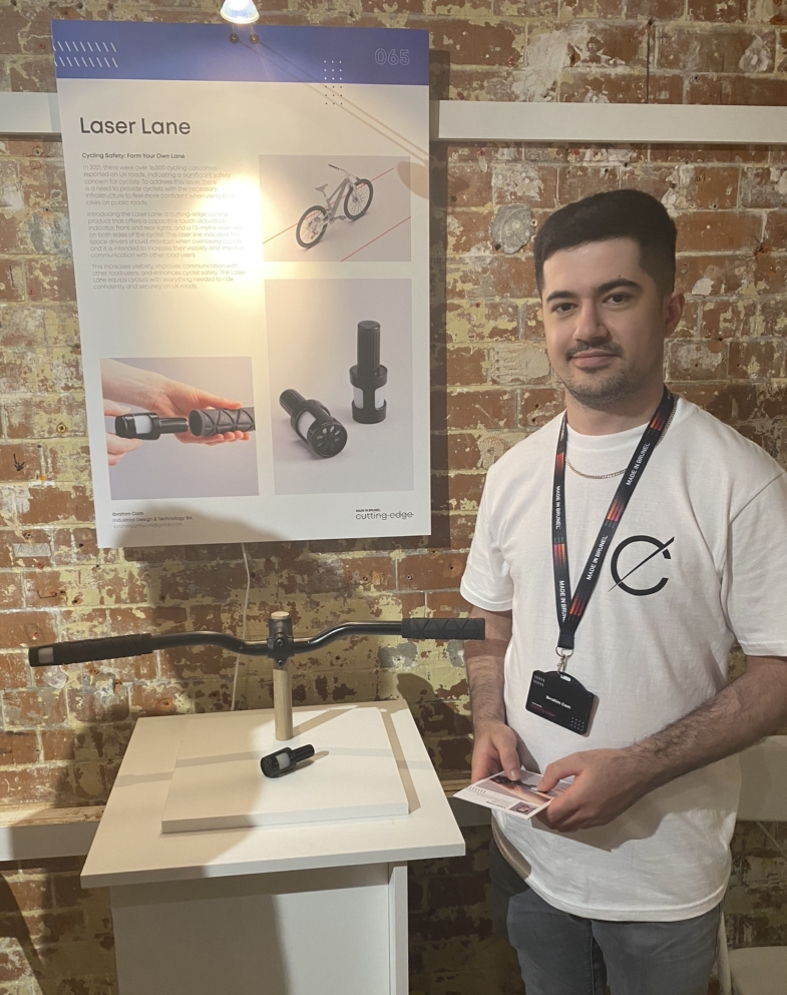
Ibrahim was inspired to design Laser Lane shortly after he began driving last year.
“I used to cycle when I was younger, and when I started driving to university, I began to notice the constant disagreements between cyclists and drivers. I started to see it more and more, and I know that it is particularly bad in London,” he said.
As a new driver, Ibrahim struggled with overtaking and interacting with cyclists and wanted to create something so that drivers and cyclists could communicate with each other in a safer and more constructive way, rather than just with hand signals.
“I tried to give cyclists as much space as possible, but seeing how other drivers interacted with them made me think about it more,” he said.
“I saw drivers overtaking cyclists around corners and not giving them the 1.5m that’s required. Many drivers don’t respect the 1.5m rule, and the wind of a vehicle alone can be detrimental.”
Ibrahim saw that there was a need to provide cyclists with the necessary infrastructure to feel more confident on roads, and he believes that making cyclists more visible will have a huge impact on their safety.
“Drivers have air bags, seat belts, and metal between them and the roads, but cyclists have nothing. They just have their bike, their helmet, and the tarmac beneath them,” said Ibrahim.
“There have been times when I haven’t seen cyclists in my blind spot until the last moment, and my heart sinks when I realise what could have happened.
“By helping to give drivers better judgements, cyclists will feel safer on the roads.”
Ibrahim also sees the positive contribution and impact that Laser Lane would have on creating a more sustainable environment.
“Less experienced cyclists might not feel confident enough to cycle at the moment, but if they feel safer on the roads, then they will cycle. Getting more people to cycle will reduce their carbon footprint and result in less congestion on the roads,” he said.
“The increase in fuel prices is making driving economically unsustainable for people, and cycling could now be an option for them.”
Reported by:
Nadine Palmer, Media Relations
+44 (0)1895 267090
nadine.palmer@brunel.ac.uk

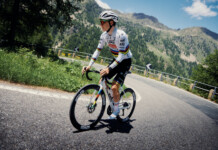

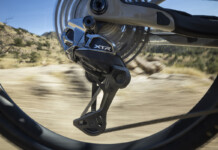



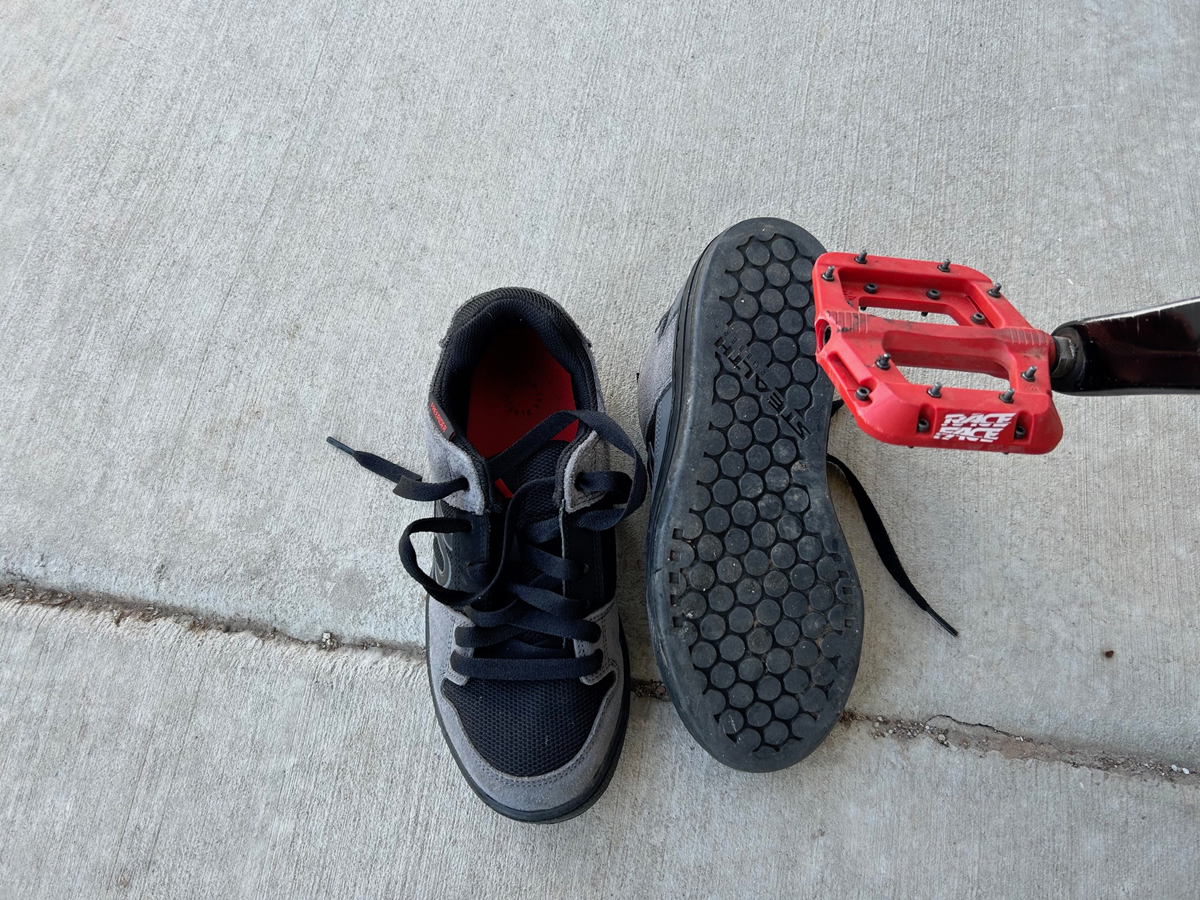

Pretty cool. However – it’s not especially new.
I’ve used a LASER lane light for about 5 years. It’s part of my taillight. It projects a striped lane on both sides of the bike and can be set to blinking or not (in addition to the standard red tail lamp options).
I think it costs about 10 bucks on Amazon.
https://www.amazon.com/Bicycle-Taillight-Cycling-Warning-Waterproof/dp/B0B8RQCGVJ/ref=asc_df_B0B8RQCGVJ/?tag=hyprod-20&linkCode=df0&hvadid=652433488762&hvpos=&hvnetw=g&hvrand=18039662310966575465&hvpone=&hvptwo=&hvqmt=&hvdev=m&hvdvcmdl=&hvlocint=&hvlocphy=9028897&hvtargid=pla-2059472739740&psc=1&gclid=Cj0KCQjwtO-kBhDIARIsAL6LoreL07LfdsXl97TZuWE89J4KcNJrK-Mrb0EOcToArZY7zP_tuyaQSHoaAqCVEALw_wcB
Great idea but as you can see from this 2012 story neither the concept nor the name appears to be original. https://amp.theguardian.com/environment/bike-blog/2012/oct/22/red-laser-light-bike-lane.
I hope Cam’s version gets some traction.
Comments are closed.